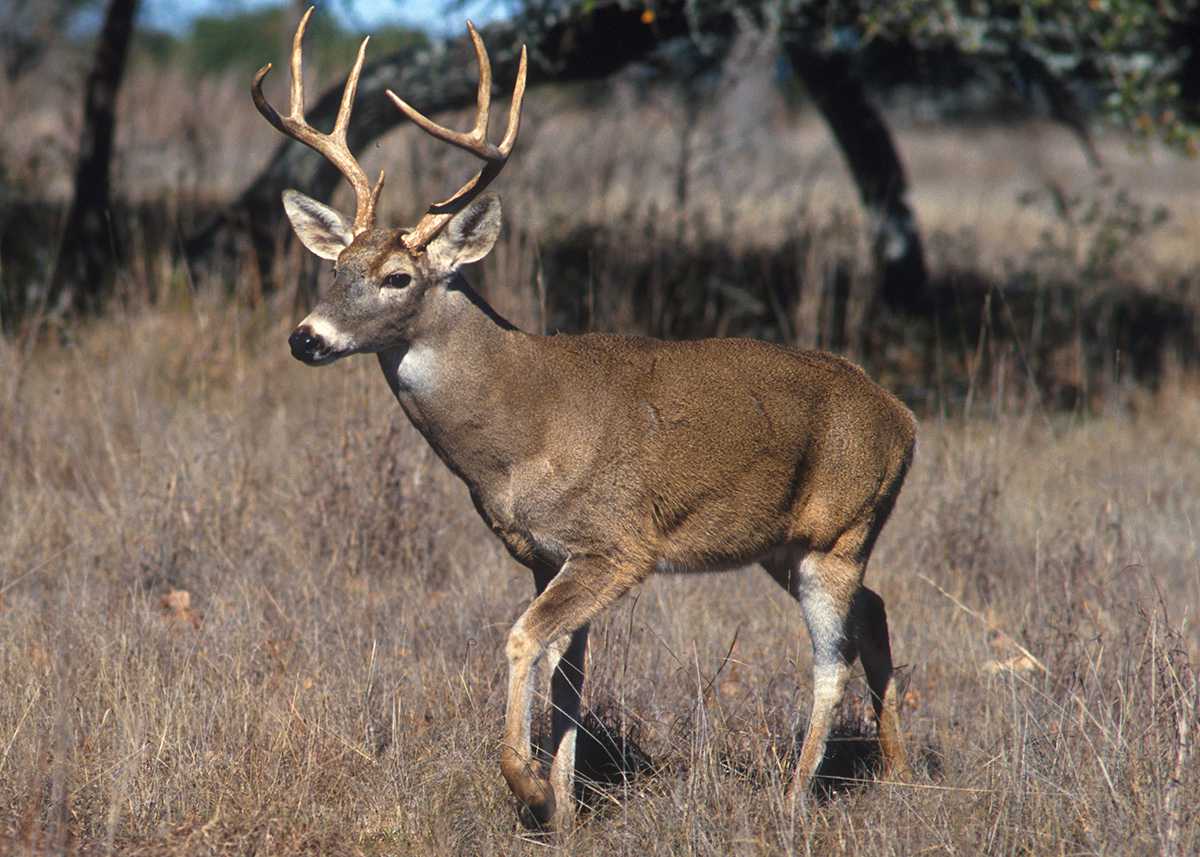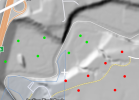I've been getting burned on some hunts where the wind is shifting, often times to 180 degrees opposite it's stated direction. I'm curious to learn more about how to expect and mitigate this, if at all possible, and what terrain features may contribute or exacerbate this swirling effect.
I'm hunting flat, thick terrain in Louisiana for the most part... the steepest elevation change on any tract I hunt is probably 20-30ft. There are certain areas where the wind is predictable and stable - flat marshes and swamps most often -, but others where I'm just fighting it all the way in, access sucks, and then my sit is getting burned.
This happens most frequently in a dense bottomlands area that is almost entirely flat but is cut by sloughs and bayous. The stated wind is pretty much never the actual wind on the ground, and it is almost never uniform as I access or get to a spot. I'm wondering if there's a way to anticipate shifts or use the sloughs and bayous to my advantage, where a stated wind may dip into the slough and run a predictable direction? the elevation change is about 5-10ft max in this area.
I've observed water helping thermals rise in the morning, which I assume is consistent if I set up against a bayou or pool in a slough. On a marsh sit, as the sun rose and the ground and water heated up, my milkweed was going up and carrying quite far in a way that was stable and predictable. Would that be consistent along a slough or bayou?
Maybe I'm just going to have to sit, observe and learn, but if anyone has any experience or observed principles, any insight is appreciated.
I'm hunting flat, thick terrain in Louisiana for the most part... the steepest elevation change on any tract I hunt is probably 20-30ft. There are certain areas where the wind is predictable and stable - flat marshes and swamps most often -, but others where I'm just fighting it all the way in, access sucks, and then my sit is getting burned.
This happens most frequently in a dense bottomlands area that is almost entirely flat but is cut by sloughs and bayous. The stated wind is pretty much never the actual wind on the ground, and it is almost never uniform as I access or get to a spot. I'm wondering if there's a way to anticipate shifts or use the sloughs and bayous to my advantage, where a stated wind may dip into the slough and run a predictable direction? the elevation change is about 5-10ft max in this area.
I've observed water helping thermals rise in the morning, which I assume is consistent if I set up against a bayou or pool in a slough. On a marsh sit, as the sun rose and the ground and water heated up, my milkweed was going up and carrying quite far in a way that was stable and predictable. Would that be consistent along a slough or bayou?
Maybe I'm just going to have to sit, observe and learn, but if anyone has any experience or observed principles, any insight is appreciated.




